The nation is facing partial lockdowns to avoid the spread of the devastating coronavirus. Trade and travel are at risk, so is the much-needed recovery in economic growth.
The world is already experiencing a serious economic downturn amid growing fears of a global recession. The government has already revised downwards last fiscal year’s GDP growth to 2.6 per cent from a much-dispute earlier estimate of 3.3pc. Now this year’s latest projected growth of 3pc is also surrounded by extreme uncertainties.
It is spreading throughout the country, raising concerns about economic growth. But a faster recovery in the economy is must not only to contain the joblessness caused by the last year’s low growth but also mitigate the coronavirus-driven mess-up. That is why we need stable exchange rates and a speedy shift towards a low interest rate–regime at the same time.
Investors’ and business lobbies see the March 17 cut in the State Bank of Pakistan’s (SBP) policy rate as too little under the current circumstances. But the SBP has assured in its monetary policy statement that it stands ready “to take whatever additional actions that may be necessary to safeguard price and financial stability and support economic growth.” That could also mean that it may consider revisiting the decision next month instead of two months later.
The SBP has narrowed the interest rate corridor from 1.5pc to 1pc. This means banks can now borrow from the central bank at a lower price
But for now, the SBP has limited the rate cut to just 75 basis points — from 13.25pc to 12.5pc. And it had reasons to do this. Headline inflation showed a decline only as recently as February when it fell to 12.4pc from 14.6pc in January. The post-coronavirus world is the world of uncertainty. Though international oil prices have tumbled to their 17-year lows, domestic lockdowns and disruption in food supply chains plus hoarding, profiteering and over-stocking of essential items can still start refuelling food inflation.
Besides, the central bank cannot ignore the fact that it was the inflow of hot money or foreign investment in our short-term treasury bills that kept the external account in shape in eight months of this fiscal year. A sharper cut in interest rates at this stage could have meant unmanageable withdrawals of that investment. In the 20 days of March, foreign investors have already withdrawn $1.28 billion from treasury bills.
For the central bank, keeping a constant watch on price movements and being ready to respond to them are as necessary now as it is to safeguard financial stability and support economic growth. Much depends on March inflation numbers. If the declining trend continues then another downward revision in the interest rate would be safer. But not at this stage. In its March 17 monetary policy review, the SBP also narrowed the interest rate corridor from 1.5pc to 1pc. This means banks can now borrow from the central bank at a lower price to overcome temporary liquidity shortages. That is a wise move. Because under the current situation, banks must remain liquid enough to cater to borrowing needs of both the public and the private sector. Enough liquidity will also help them check panic-driven withdrawals of bank deposits.
In effect, the narrowing of the interest rate corridor will help banks offer higher returns on deposits without increasing their lending rates. That may squeeze the banking spread or the gap between banks’ lending and deposit rates. But given the current economic situation, taking a hit on the banking spread to fuel economic growth should not be a big concern for banks. Until recently, the banking spread remained quite high — close to 6pc — affording banks to earn good margins.
Whether the central bank would be able to keep exchange rates stable as we move forward depends on how Pakistan can continue to accelerate exports and remittances’ growth amidst a global slowdown. And, whether we are able to secure an emergency line of funding from the International Monetary Fund (IMF) that the fund says it is ready to offer to its members in the wake of the coronavirus-driven downturn.
The central bank has said it stands ready ‘to take whatever additional actions that may be necessary to safeguard price stability and support growth’
Our current account deficit in July-February has plunged to $2.84bn from $9.81bn a year ago. But it was primarily owing to a huge cut in imports, not any dramatic rise in exports and remittances. Boosting exports has become all the more necessary — though it is certainly difficult amidst declining global trade — because of the outflows of foreign investment from treasury bills.
While announcing the rate cut, the SBP also promised a Rs100bn package for promoting investment in manufacturing and increasing exports. But the package that offers concessional finance at 7pc for up to 10 years to new manufacturing units cannot do much to boost exports in the short run. Later on, to provide immediate relief to exporters, the central bank allowed them to directly dispatch shipping documents of their export consignments without any limit. Previously, such dispatching of documents was allowed up to $100,000. In granting this facility, the SBP has imposed a condition that aims at accelerating foreign exchange flows. This facility is available only to those exporters whose overdue export proceeds, or the proceeds not sold into the interbank market, are less than 1pc. Exporters often delay the realisation of export proceeds in anticipation of the rupee depreciation. Hopefully, they will not do that now even though the rupee is once again depreciating after remaining stable between July-February. In 19 days of March, the rupee lost 2.8pc worth against the dollar.
Part of the reason for the rupee’s weakness is local i.e. our exports and remittances are not growing fast and foreign investors are pulling out investment from government debt securities. But part of it is global. Worldwide, investors are rallying around the dollar and the dollar index is up. That sentiment is reflecting in exchange rates of emerging markets. This indicates the need for — and great difficulty in — keeping our exchange rates stable and that too amidst monetary easing. These are tough times, indeed. But then, tough times never last.
Published in Dawn, The Business and Finance Weekly, March 23rd, 2020







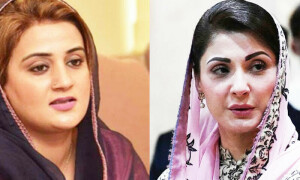








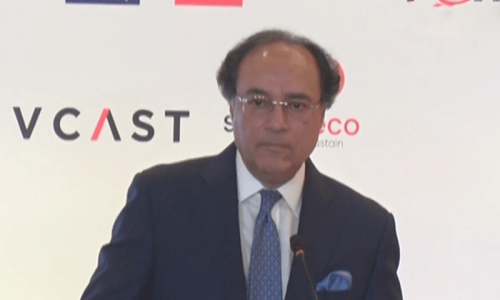
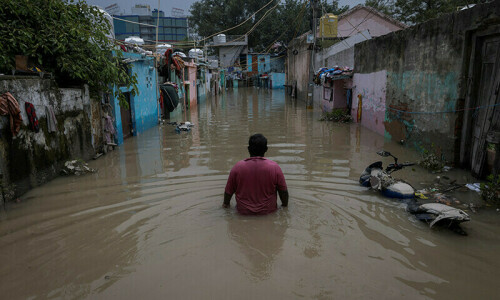
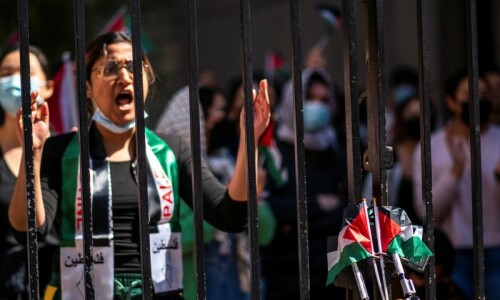


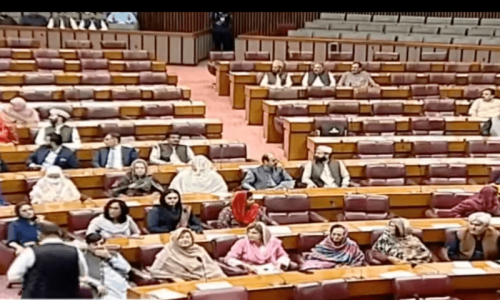




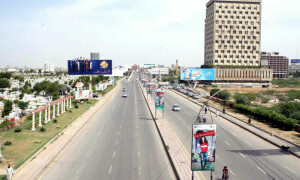
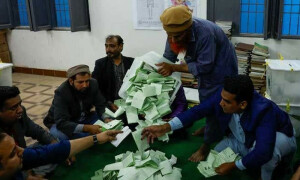



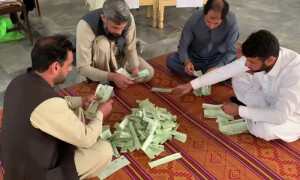


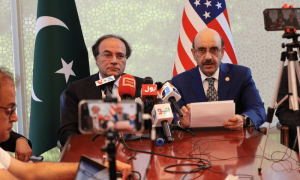
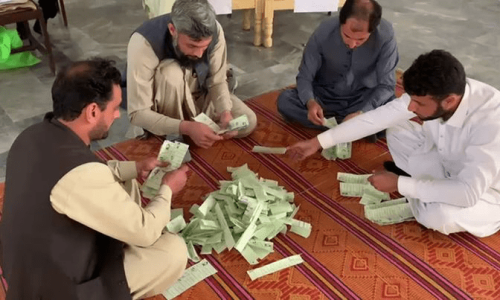


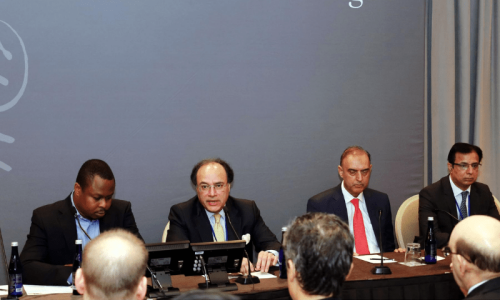





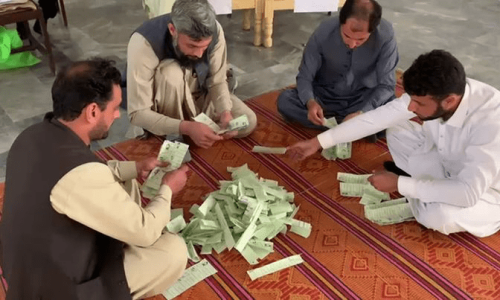
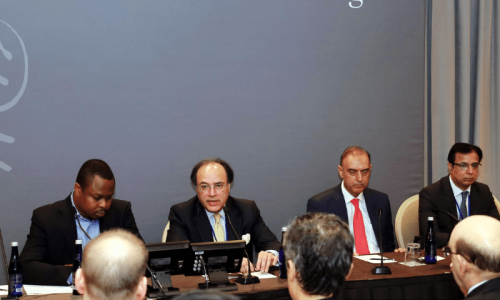

Dear visitor, the comments section is undergoing an overhaul and will return soon.